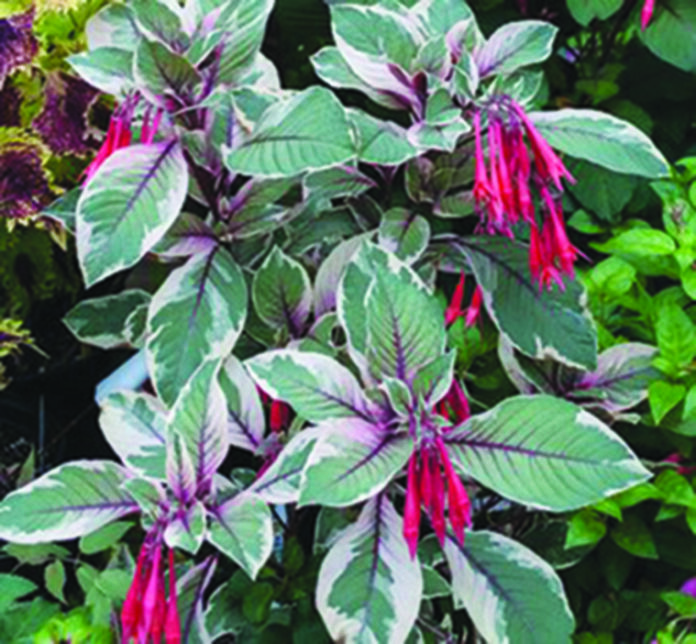Hopefully these cold mornings will be a thing of the past by the time you read this. My plants were much happier right after the rains when nights were mild. I’m waiting patiently for the buds on my pink flowering currant to start showing color. I saw some recently in Felton that were already opening.
Mine are still pretty small at this stage, but I’ve assured my hummingbird population that they’re on their way. When I was out pruning last week I didn’t touch this plant, otherwise I’d have cut off all those potential flower clusters loaded with nectar.
Here are some February tasks that I am doing.
To stimulate new growth, I will trim woody evergreen shrubs like abelia and loropetalum soon. Cut Mexican bush sage and artemisia to within a few inches of the ground. I don’t use this approach on lavender or ceanothus, though. Lightly prune those after blooming later in the season and don’t cut back to bare wood inside the plant.
Prune fuchsias back by a third and remove dead, crossing branches and interior twiggy growth. Container fuchsias can be cut back to the pot rim. A plant is wasting energy on new growth if trimmed later. Let your plants dictate when the time is right. Every garden is different and in microclimates in your own garden temps can vary widely.
Cut back hydrangeas stems that bloomed last year and apply a soil acidifier if you want blue flowers. Although aluminum sulfate is the traditional favorite for quickly acidifying soil, it’s not as kind to beneficial soil microorganisms. Coffee grounds, pine needles, peat moss and cottonseed meal are better for your soil.
Don’t prune spring flowering shrubs like lilac, weigela, spirea, flowering currants or flowering trees such as cherry, plum and crabapple now. These and evergreens like rhododendrons, azaleas and camellias should be pruned after they flower. You can cut some branches while they are blooming to bring into the house for bouquets.
Even if you have pruned your roses be sure to remove old leaves still clinging to the plant even if the leaves look okay now. They will most likely develop fungal spots and diseases later if you don’t. Rake up any debris beneath the plant and discard to eliminate overwintering fungus spores
Wait to prune back perennials that may have their new foliage damaged in a late hard frost. Same goes for shrubs that might have gotten hit by frost. That damaged foliage can protect the plant from further frost damage. Mid-March is the estimated date of hard frost in our area or at least it used to be. We gardeners are always betting Mother Nature will go our way and our efforts will not have gone in vain.
Prune fruit, nut and shade trees and deciduous vines like clematis now.
Cut back ornamental grasses if you live where you rarely get frost. When I grew California fuchsia, salvia “Bee’s Bliss” and hummingbird sage I’d prune now to encourage new, compact growth.
And remember to enjoy your time in the garden. It’s only work if you think of it that way.
Jan Nelson, a landscape designer and California-certified nursery professional, will answer questions about gardening in the Santa Cruz Mountains. Email her at ja******@*ol.com, or visit jannelsonlandscapedesign.com.













